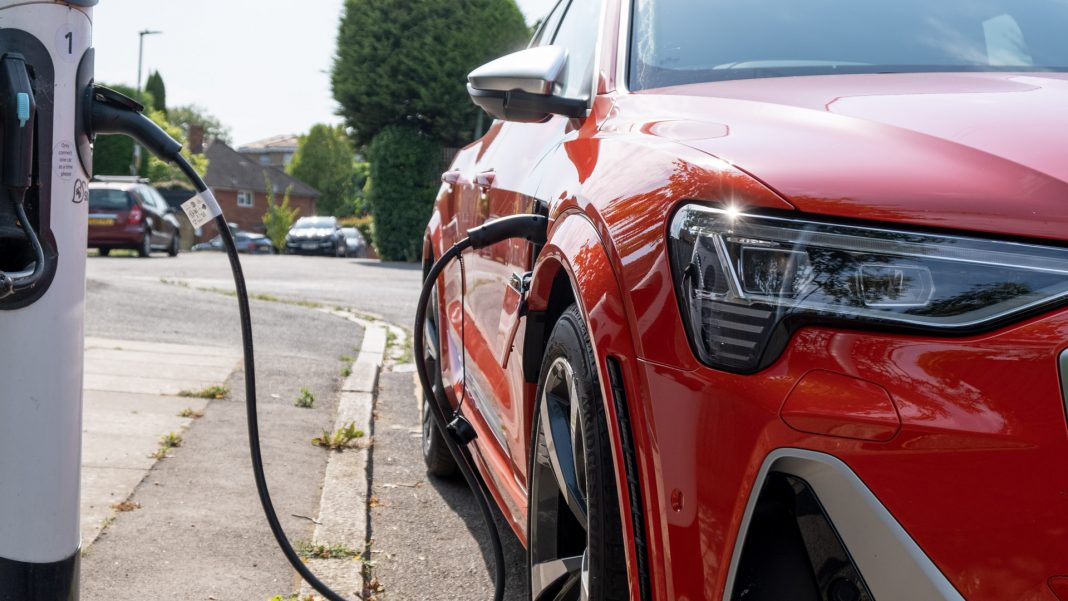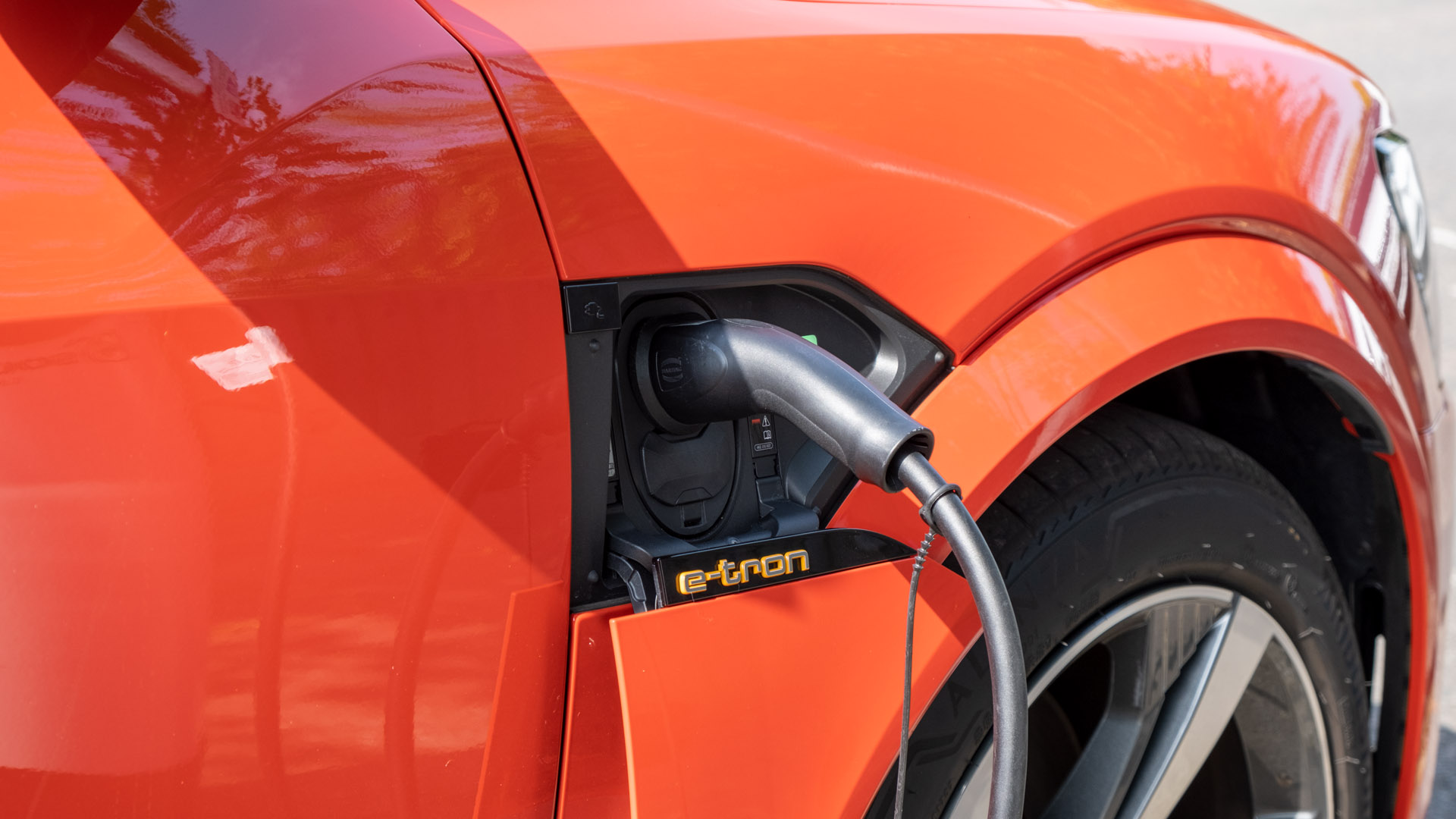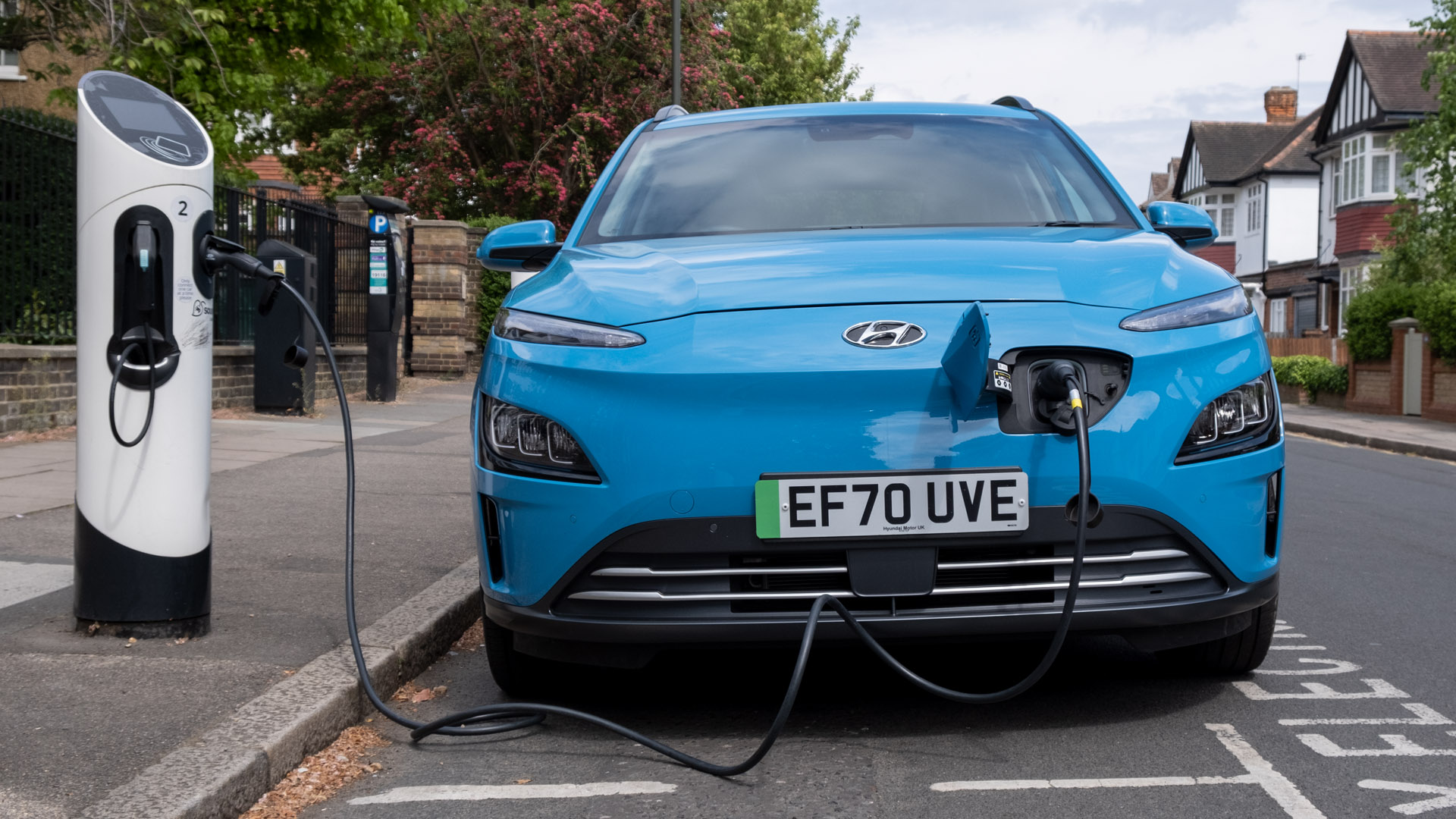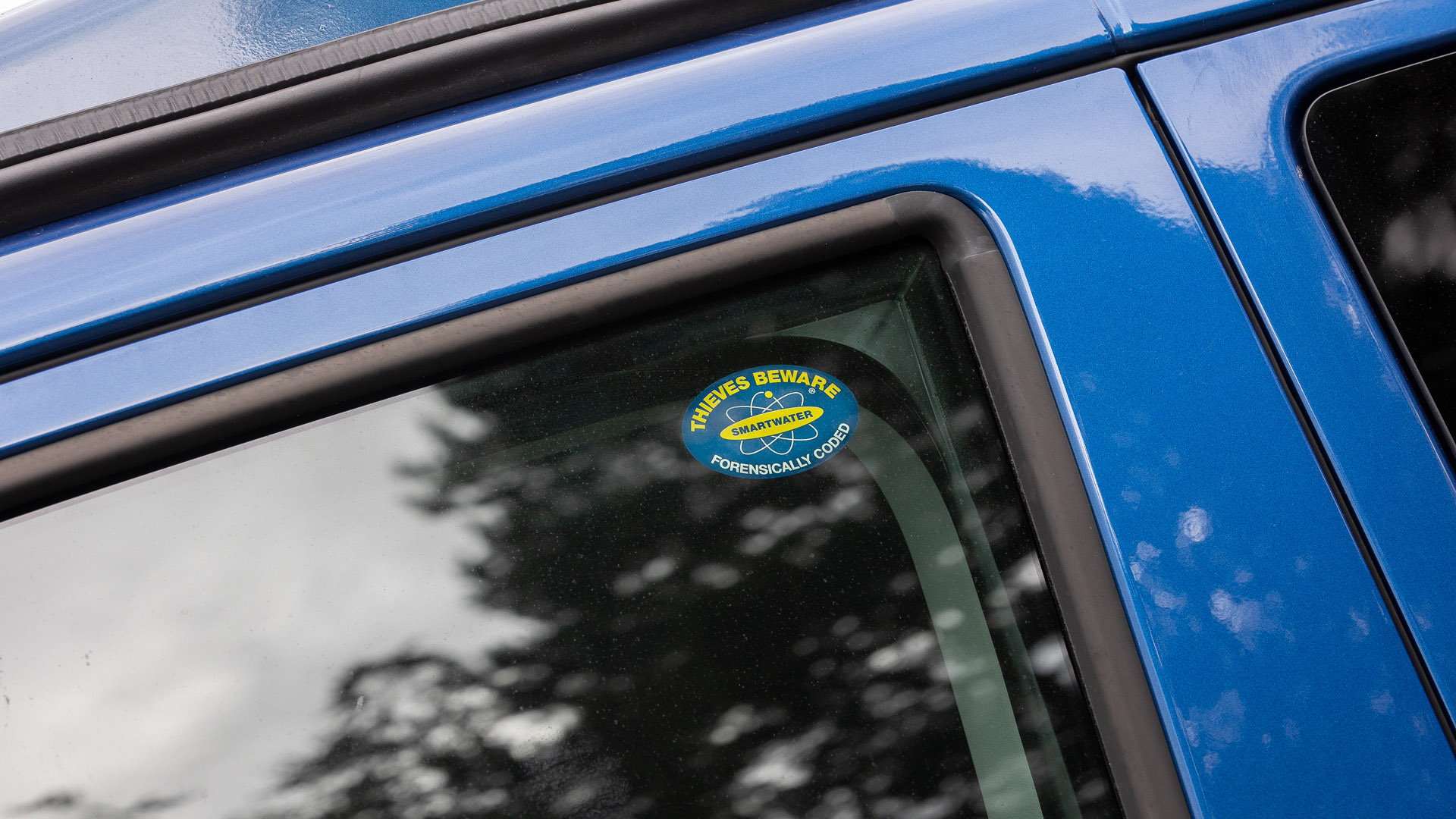If you’re already the owner of an electric vehicle, then you’ll be well aware of the envious glances from those who walk past. Especially given the spate of recent catalytic converter thefts that you simply don’t have to worry about.
More concerning will be warnings from AA President Edmund King that the theft of EV charging cables could be the next significant crime wave to hit the UK’s motorists.
Thankfully, the police-supporting forensic marking initiatives that have already helped deter catalytic converter theft can easily be transferred to other components such as charging cables and the public charging infrastructure. Even better, while catalytic converters require a specialist solution, charging cables can be marked using standard SmartWater products, which have protected other household items for generations.
If we can roll out the forensic marking of EV cables quickly, we can make it plain to criminals that targeting EV owners simply isn’t worth the risk. To further understand the topic, TotallyEV reached out to Rachael Oakley, Director of Intelligence for the Centre of Infrastructure and Asset Protection (CIAP), a division of the SmartWater Group.
Read next: Audi e-tron S review: The Tri-Motor Electric SUV
Rising Metal Costs
The scrap value of copper and precious metals such as palladium and rhodium reached record highs in 2021 due to supply chain issues and a rebound in global economic activities. It has continued in 2022 and has been compounded by Russia’s invasion of Ukraine. It is the reason behind organised criminal gangs targeting catalytic converters. It is also why metal experts such as Robin Edwards of ONIS Consulting predict charging cables could be next.
The issue is that criminals will always be on the lookout for items that can be easily removed and that have a high resale value. Especially if those items are difficult for the police to trace and can quickly be sold on.
A British Transport Police-led multi-agency operation has been set up to tackle the issue. At the heart of the initiative is the creation of a national asset database which is operated by the CIAP.
Items are marked with a uniquely formulated solution created by SmartWater which is invisible to the naked eye but shows up under UV light. They are then registered on the database, ensuring that when a stolen item such as charging cables is discovered it can be traced back to the vehicle from which it was stolen. It makes it much easier for police and local authorities to shut down rogue scrap metal dealers willing to handle stolen property and therefore is a deterrent to them being stolen in the first place.
Read next: Volvo XC40 (C40) Recharge review: A powerful luxury electric SUV
Securing Cables
It Is a credible threat that thieves will shift their focus to the charging cables of EVs and PHEVs where they can cash in on their scrap value or more likely sell them on the second-hand market, where their resale value is around £200.
As not all EVs and PHEVs come with public charging cables as standard, there is a thriving second-hand online market growing, which is of course attracting the attention of organised crime gangs. There are currently more than 500,000 EVs and PHEVs in the UK, according to figures from the Department of Transport.
Cables are at their most vulnerable when they are being used at on-street charging points where determined criminals can dislodge them from the vehicles. The other problem for EV and PHEV owners is that a car’s cable security systems are not always as secure as first imagined.
Read next: Hyundai Kona Electric review: Kia e-Niro alternative?
Tesla for instance had to introduce a ‘cold weather improvements’ software update after owners reported cases of the car’s locking mechanisms failing when temperatures dropped below freezing, thus making the cables more vulnerable to theft.
EV and PHEV owners have adopted a number of different techniques to try and prevent cable theft, from using padlocks to secure the cables physically to the vehicle, to parking the vehicle onto the charging cable. A practice which is not recommended as it damages the cable and will result in replacement cables needing to be purchased. None of these measures addresses the issue of traceability which acted as a significant deterrent in tackling thefts.
EV and PHEV owners could take a leaf from the catalytic converter protection programme and start to mark and register their cables to the national asset database. It is a simple and easy way of deterring criminals. The cable is marked with an invisible liquid and then the asset is registered with the database. Next, the owner puts a sticker on their vehicle highlighting that it is ‘Protected by SmartWater’, adding another layer of deterrence.
Buy a car phone mount on Amazon (Affiliate)
The key to success in this will be in expanding access to the SmartWater technology. To achieve this there needs to be more locations where vehicle owners can mark their cables and register their assets onto the national database. SmartWater has just initiated a new programme, supported by the police, to encourage the automotive aftermarket players to sign up as registration centres. If the programme is successful then EV and PHEV owners around the country will be able to protect their cables and accessories more quickly and easily.








